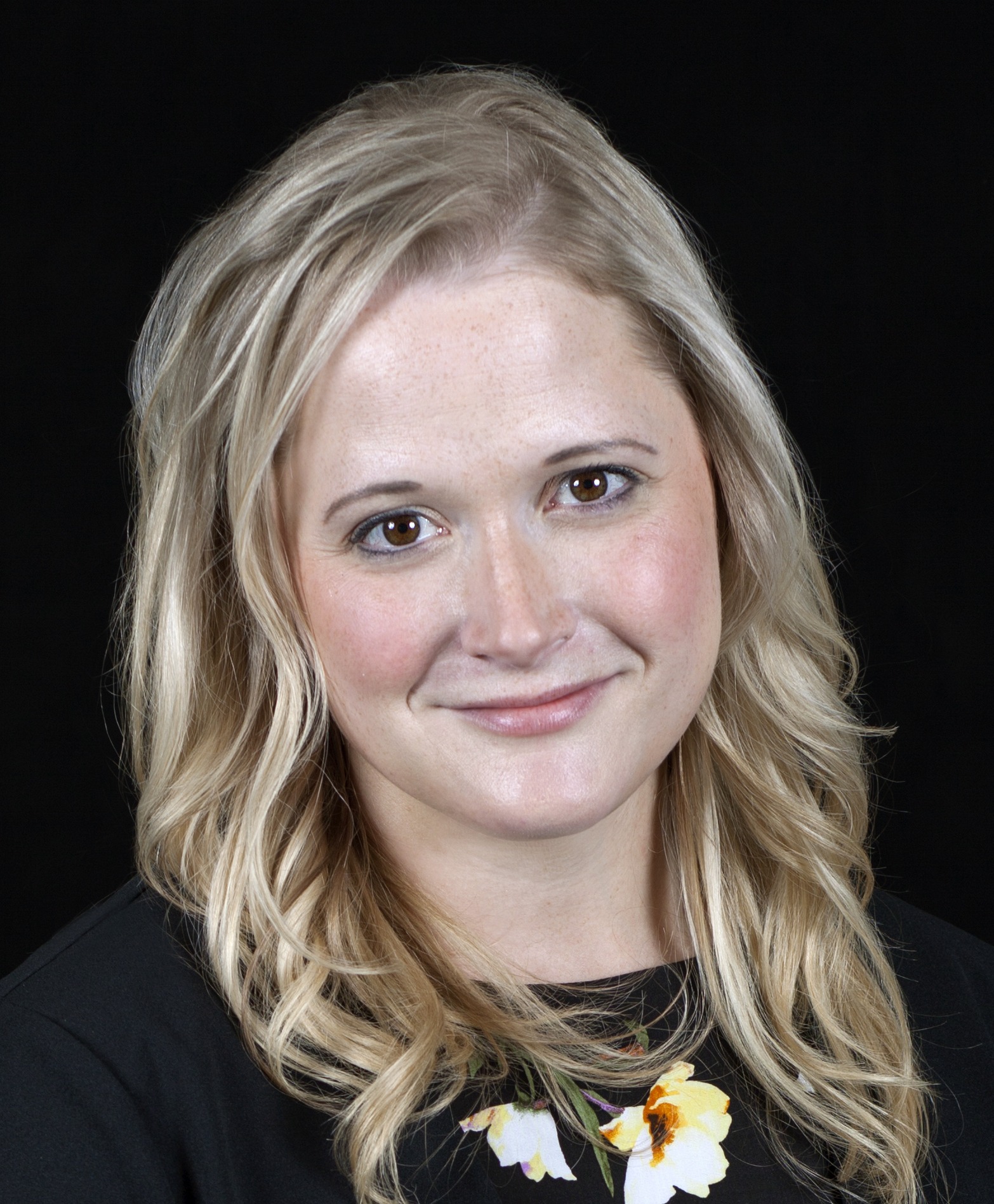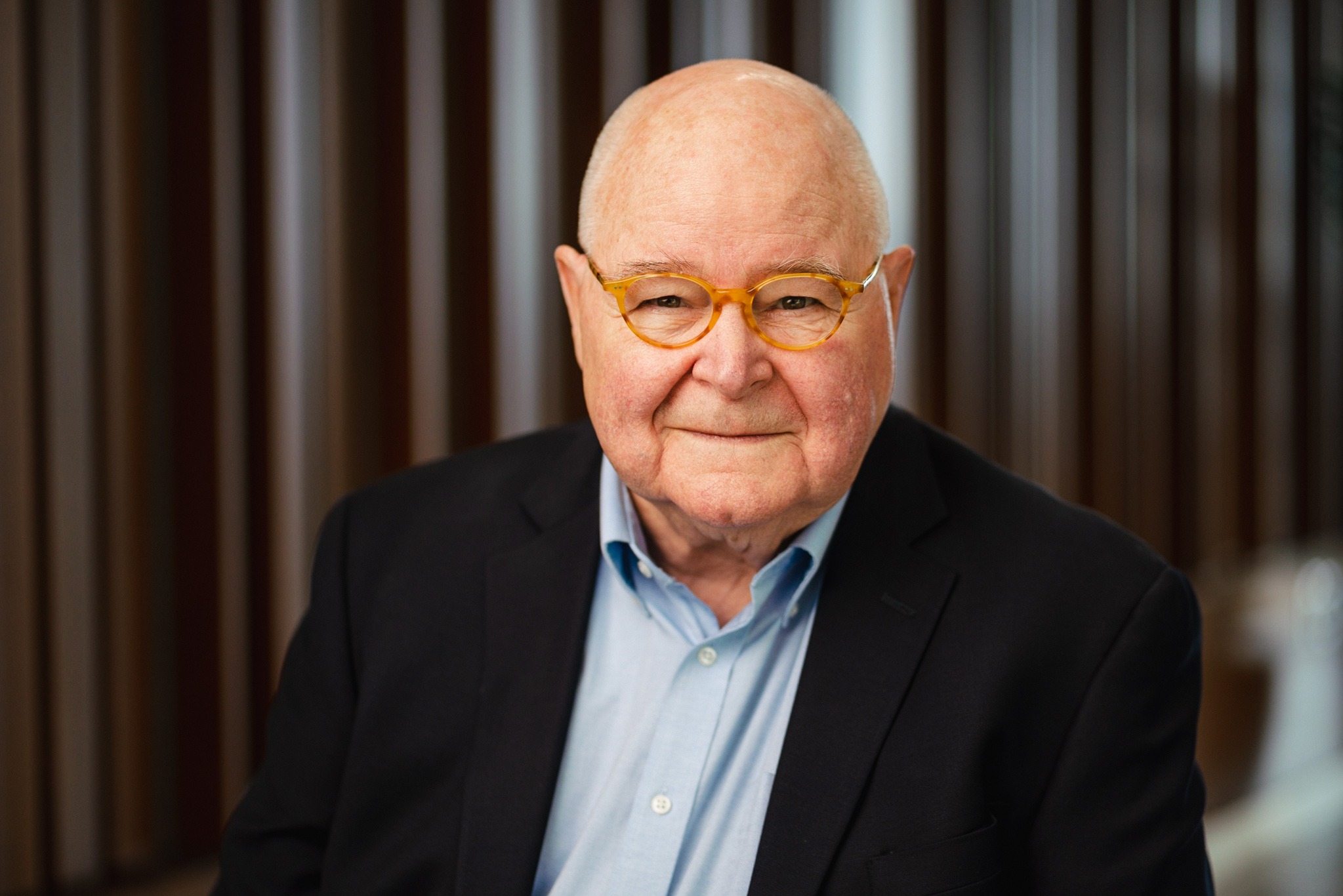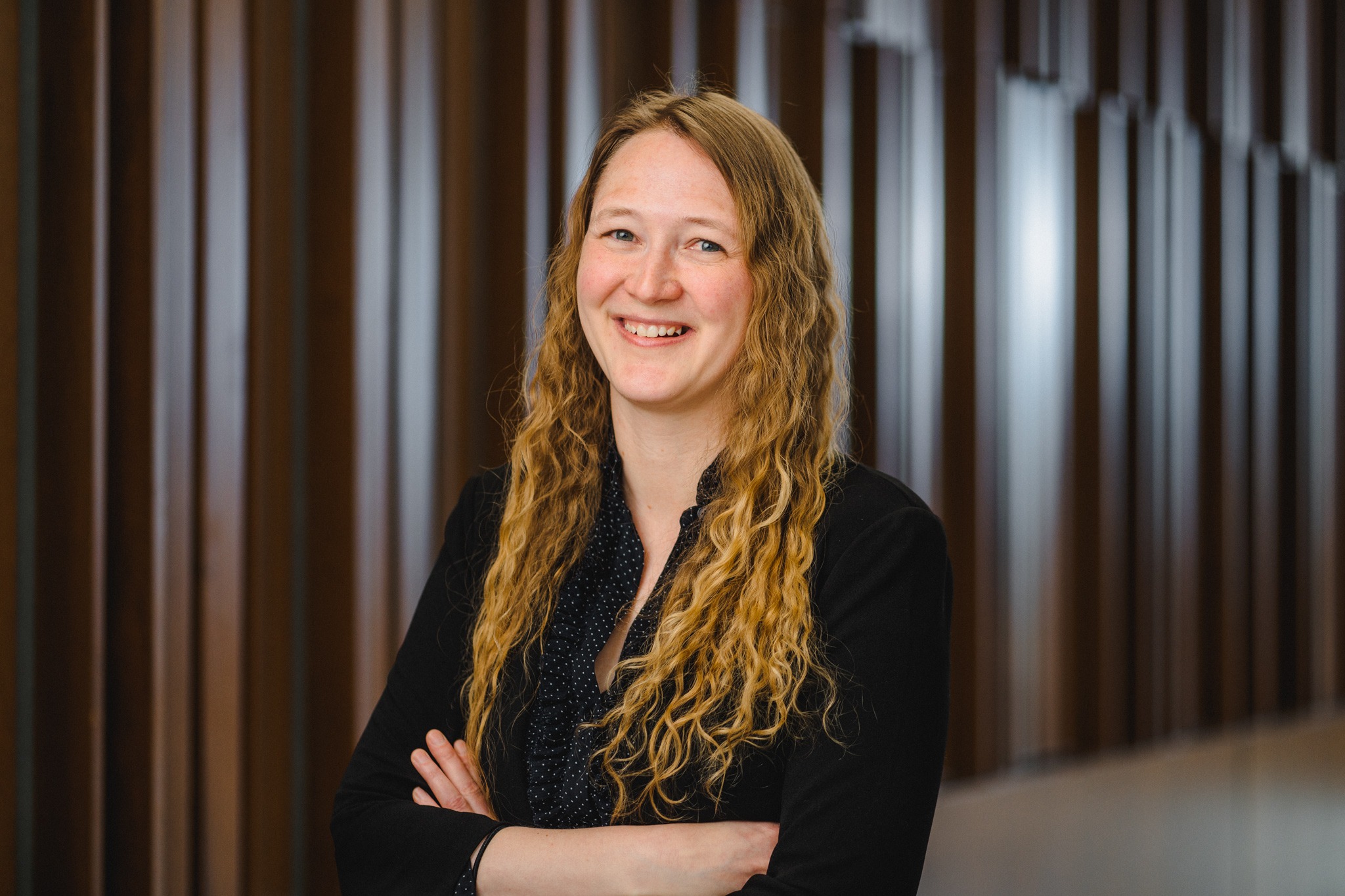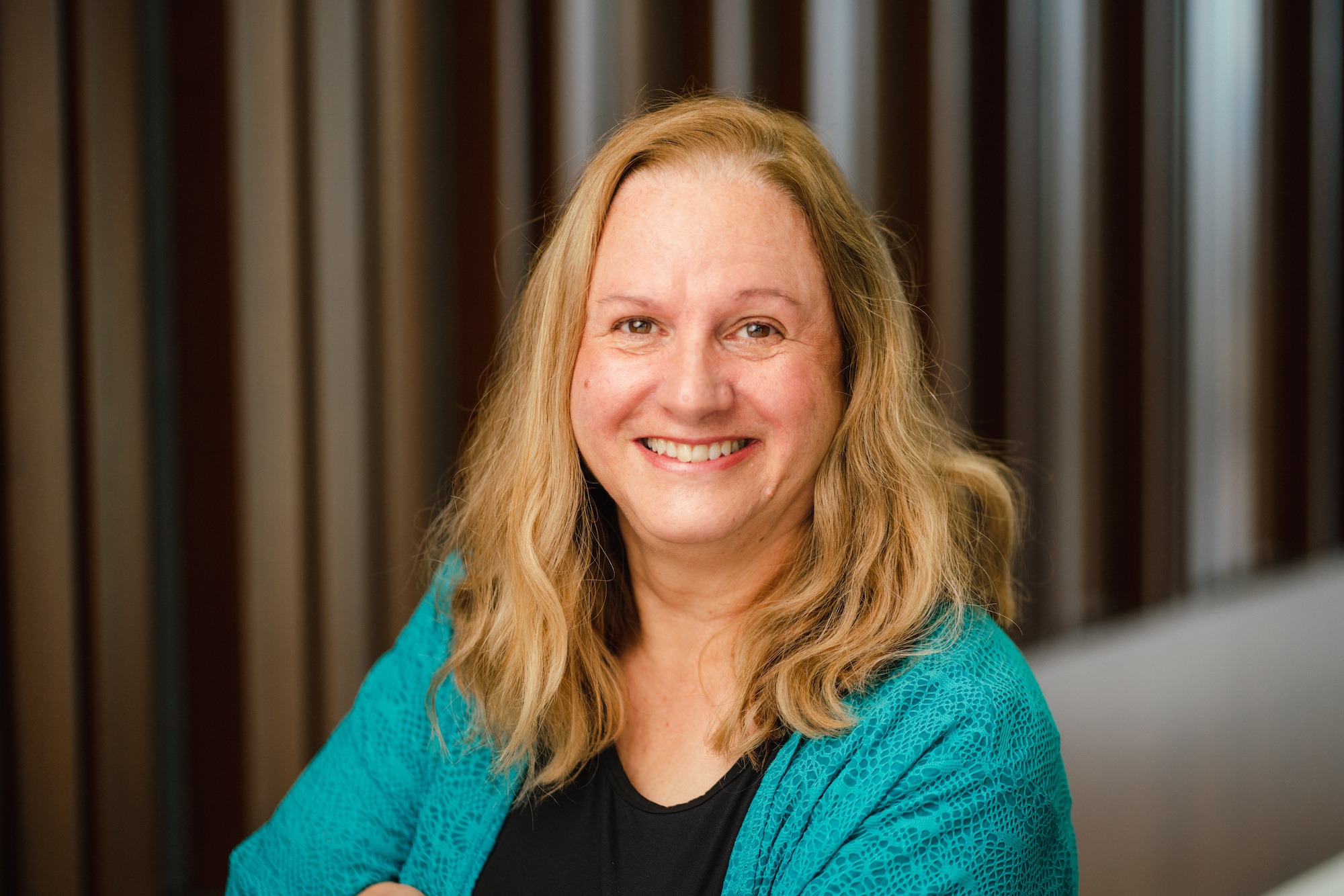CDO
RESOURCES & DOCUMENTS
The Right Tool for Every Need!
Successfully landing a job, fellowship, clerkship, or any other position requires planning. A great cover letter, resume, writing sample, and more are essential to your search. So is good advice from the CDO, faculty and others. Below is a list of resources to help you prepare your application materials, keep up on job openings, and more. Most of these resources are on 12Twenty (kind of your toolbox for all things career).
A Bit of Advice on Resumes & Cover Letters
One Page:
Seriously, one page, and that is more then enough. If you insist on sending an employer more than one page it will give a bad impression and often get your application tossed. The only exceptions are when an employer specifically asks for something longer, like a Curriculum Vite, or when you apply for a Federal Job for after graduation. If you think you fall under one of those exceptions, lets talk, because they have their own rules too.One Inch Margins:
A one inch margin looks good. Really, really good. It creates a frame around the words in your resume or cover letter. It is also makes everything look particularly well balanced on a standard 8.5in x 11in sheet of paper. Narrower margins make the page look busy and unfriendly. Wider margins look wasteful. This of it like the Goldilocks of the page layout world. . . “just right!”One font:
I know, there are all those fonts that come free with Word, and you really want to get your money’s worth! But STOP! More is certainly less in this case. Jumping between fonts and doing it well is incredibly difficult. The very best designers, working on projects that have no limits on creativity still struggle to mix fonts on a page, and when they do, they impose really intense rules on how and when it is and is allowed. Instead, pick your font, love that font, and use it everywhere! There are tons of choices, from old-school Times New Roman, to Myriad Pro (the font you are reading now), and many more.One font size (except for your name at the top):
By sticking to one font size we keep your documents looking clean and consistent. That size should almost always be either 11 pt. or 12 pt., depending on the font you choose. Instead of making something larger when you want to emphasize it, it is better to make it all caps, or bold, or maybe both. We also rely on formatting like indentations to help the reader know things like what is most important. The only exception in where your name appears at the top of the page. There, bum the font at least two point sizes, and your probably want to bold it too.One Color (and it is white or off-white):
It is a colorful world, but not on your resume. Simple and elegant wins the day. Pick a resume paper that is good quality, and either white or off-white, and buy a box, as well an matching envelopes, and you are good to go! And if you cannot afford resume paper, just pop into the CDO or email us and we will give you some of our stash (and no one will ever know we gave it to you).First Paragraph:
The introductory paragraph is three sentences long, and to the point. It explains why you are writing the letter, what you are asking for, and who you are.Second Paragraph:
The second paragraph is four to five sentences, and is where we get to say something meaningful, or when we call the “kick the do, pet the dog” paragraph (we explain this metaphor in in the 1L CDO Handbook so go chek it out, and there is no real kicking involved . . . or dogs for that matter). While you could repeat your resume in the form of prose, a much better choice is to tell a story. Maybe it is why you came to law school, why you want to pursue a particular practice, or a particularly interesting project you worked on last summer. Why tell a story instead of saying stuff like “I’m a great writer/team player/self starter and so on? Because there is no actual evidence you are any of those things, and to the extent your resume reflects that, we don’t need to say it again. Instead, give them an insight into who you are through a narrative. Even though the text will only be able to say one thing, the subtext will say all the other things for us.Third Paragraph:
The final paragraph is three to fours sentences, thanks the reader, lets them know what you want again, and sets up the next step in your correspondence.General CDO Resources & Materials
Most of the CDO’s resources can be found on 12Twenty. If you don’t have an account on the system, click here to set one up now. Now only is it critical to access CDO resources, but it how you apply for jobs, participate in on-campus interviews, and get alerts about programs, post-graduate fellowships, and more. Here is a short list of what you will find on the system!
We always put our slide decks on 12Twenty so you can download and refer back to them. In most cases if we do the presentation on-line, we will record it and post that as well. This is a great way to refresh your memory, review some tips, or catch a program you missed because of a conflict.
Everything from sample documents, to who is hiring, to who clerked where is on 12Twenty. There is also a bit more info below on this page.
This is the place to look for a great summer, semester, or postgraduate job.
This is the only way to take part in OCIs. You can see employers, submit applications, and, if you get an interview, book the time of your interview.
We get word of writing competitions, outside scholarships, fellowships, and other events and programs all the time. We post them on 12Twenty, and they normally appear right on the from page when you log-in to the system.
Don’t forget, we are here to help you! We are a great resource as you think about the future you want and work to develop your career strategy and materials.
- Arturo Thompson - 30 min or 60 min meeting - Phone: 785-218-8944
- Jaclyn Howell - 30 min or 60 min meeting - Phone: 801-581-7767
- James Holbrook - 30 min or 60 min meeting - Phone: 801-585-9693
The handbook covers all of these documents, and more, in detail. It has advice on things like building a great bullet point, using the formatting functions in Word, what kind of paper to use, and how to talk about your experience. It is also great for 2L and 3L students, because the rules don’t change. if you don’t have a copy, download it first thing by clicking here.
Judicial clerkships are post-graduation clerkships with a federal, state, tribal or other judge, normally lasting one to two years. These are incredible opportunities to learn from top lawyers who have chosen to become judges and the other clerks who work for them. Some can also open doors to more expansive career opportunities, and all of them are a fantastic way to launch your career. To support you in pursuing a clerkship, the school has a Judicial Clerkship Committee comprised of faculty, and the CDO. The committee can help you decide if a clerkship is right for you, which clerkships you want to apply for, advice you on your application materials, and conduct mock interviews. The members of the Judicial Clerkship Committee are listed below, and include members of the CDO. You can also access an array of materials in the Resource Library on 12Twenty, in the Judicial Clerkships folder by going here.
There are also opportunities to do a judicial externship wile you are in school. These are summer and school year opportunities to work in a judge’s chambers for credit. You will learn a great deal about what successful clerks do, and have the chance to see the law in action. These opportunities can also be a bridge to a post-graduate clerkship, because a judge will know that if you did well in the role while in school, you are likely to do well in the job after you graduate. Judicial externships are run by Professor Jacqueline Morrison and you can reach out to her at jacqueline.morrison@law.utah.edu for more information on judicial and non-judicial externships. She also serves on the Judicial Clerkship Committee.
REACH OUT TO THE CDO TEAM
You can also reach out to anyone on the CDO team by phone or email, or book a meeting through the Calendly Meeting Scheduler links below.










